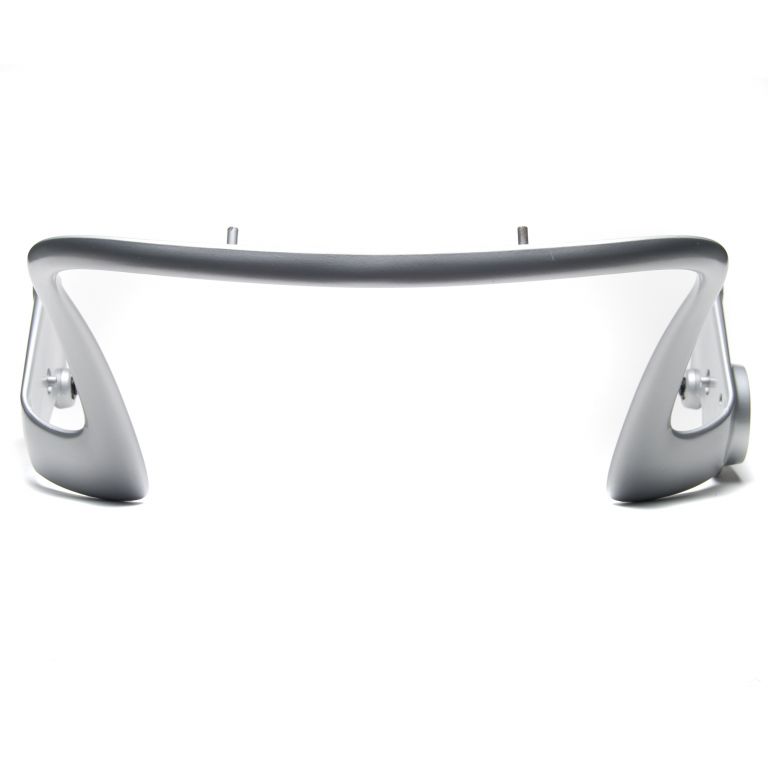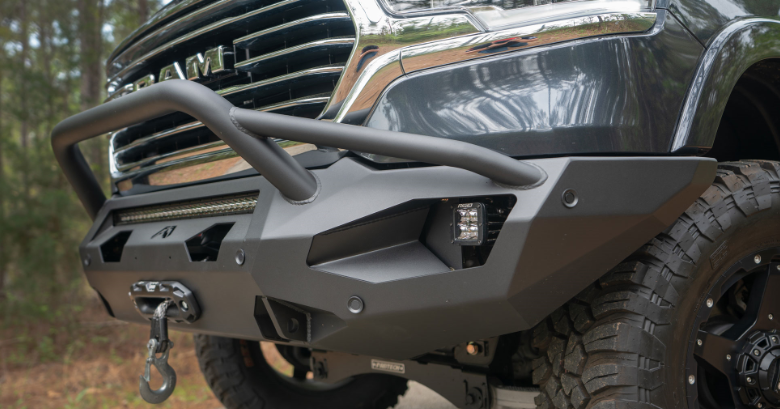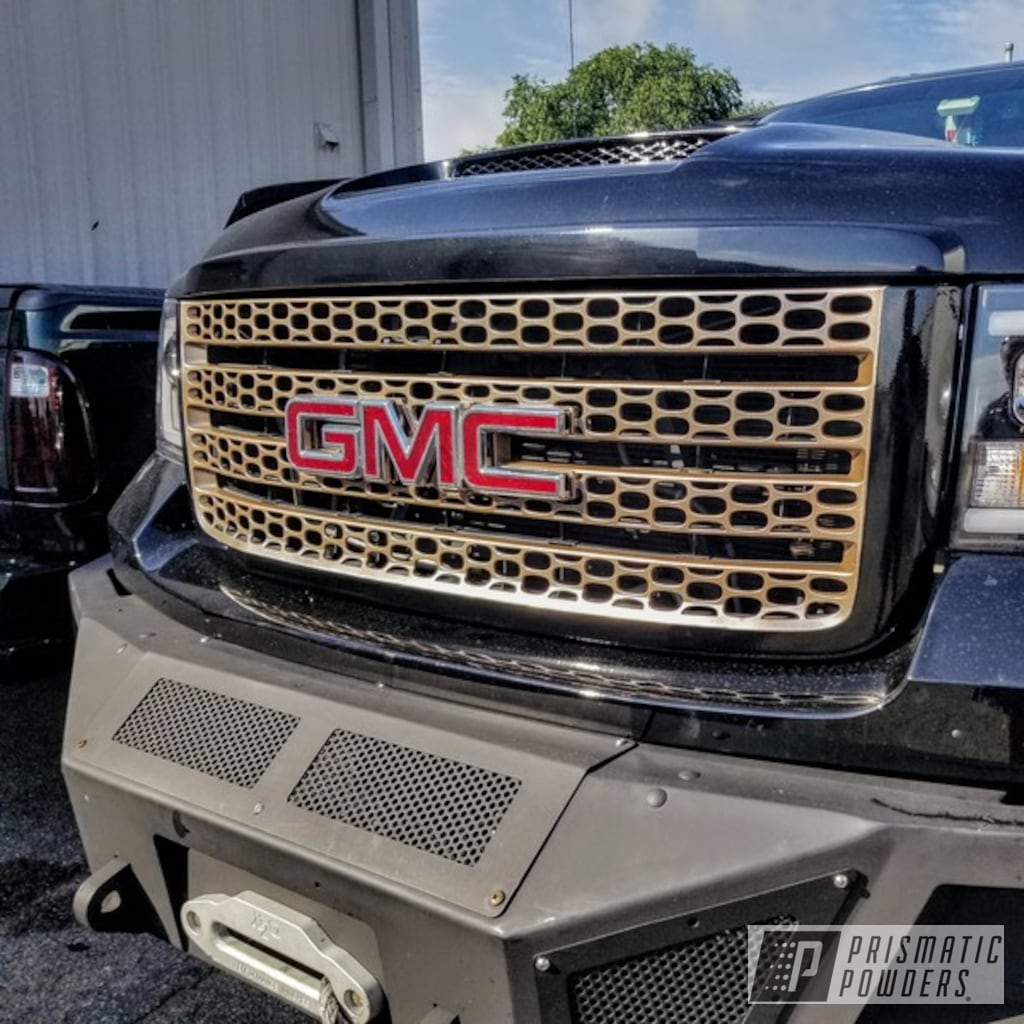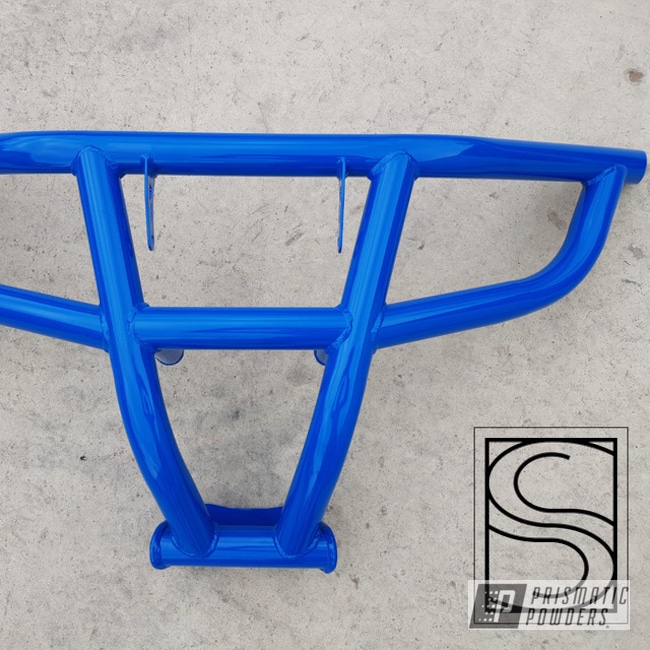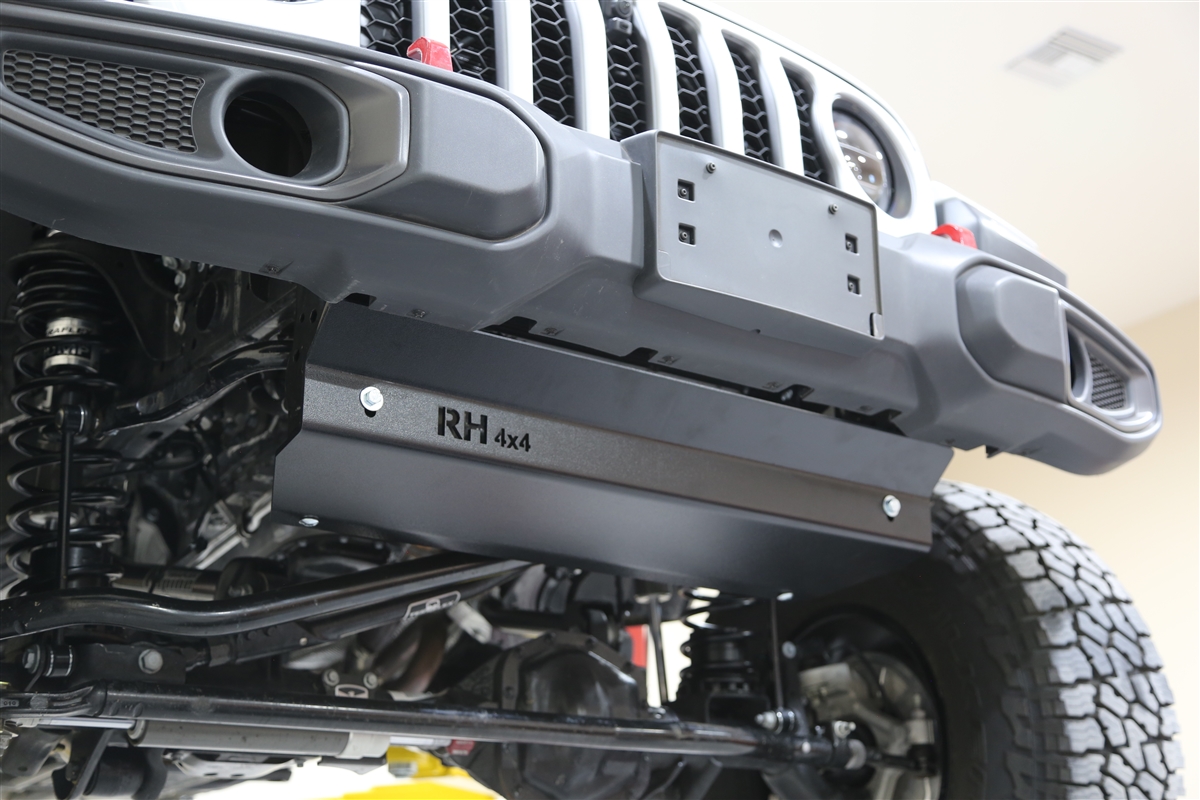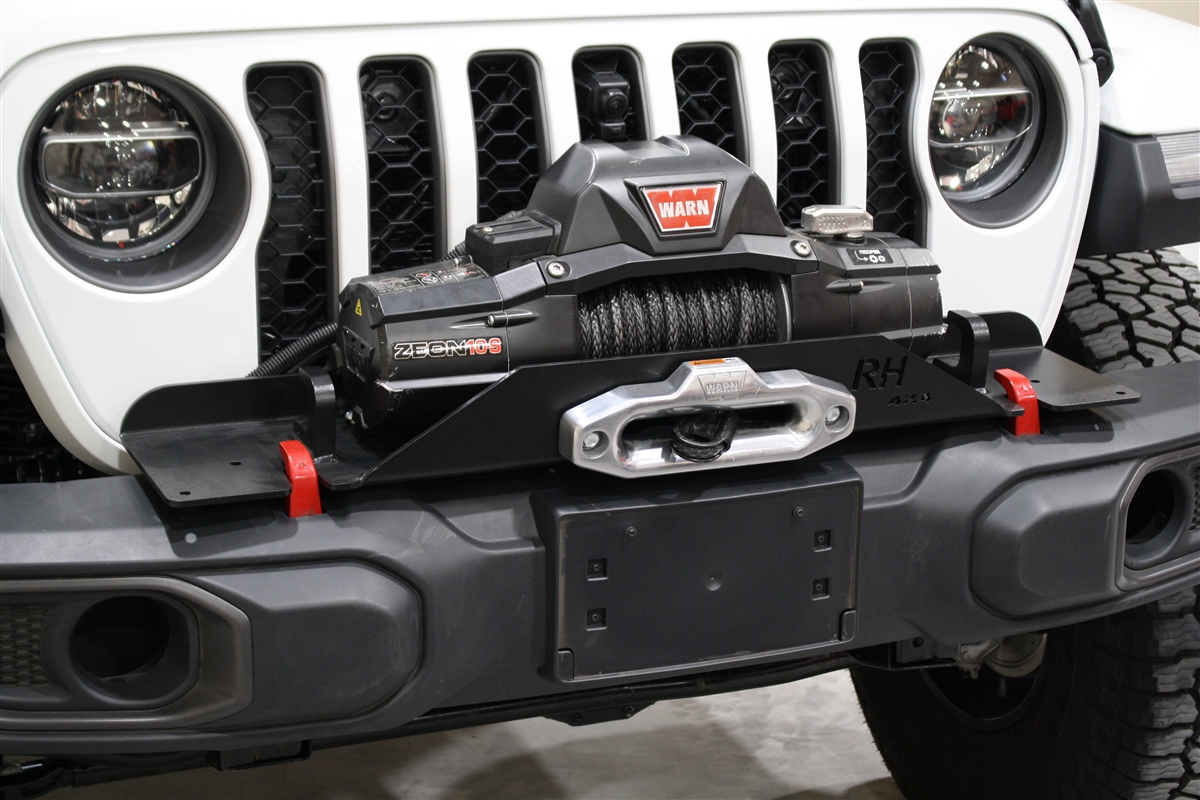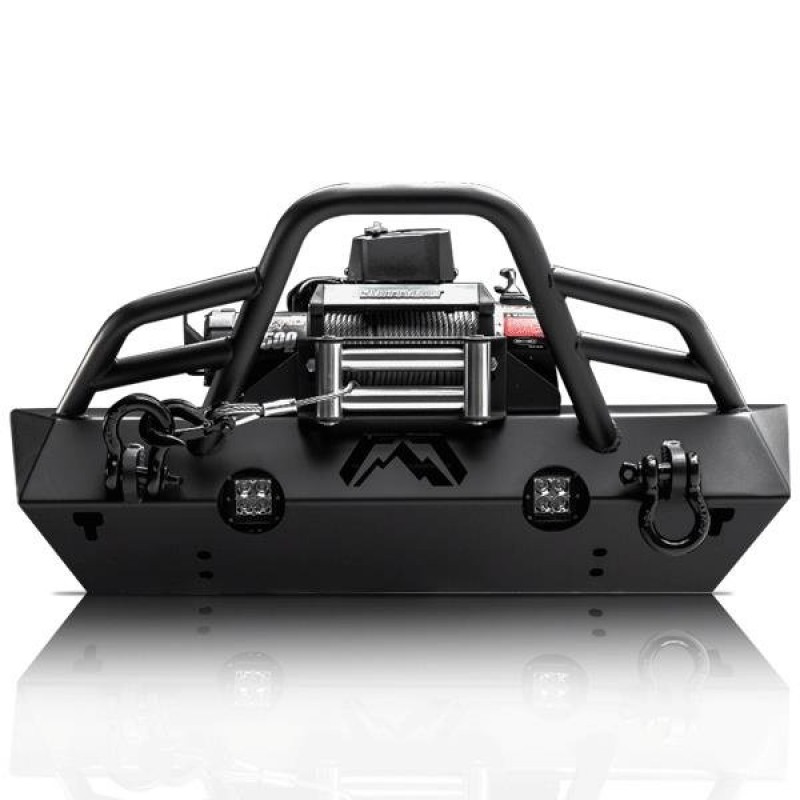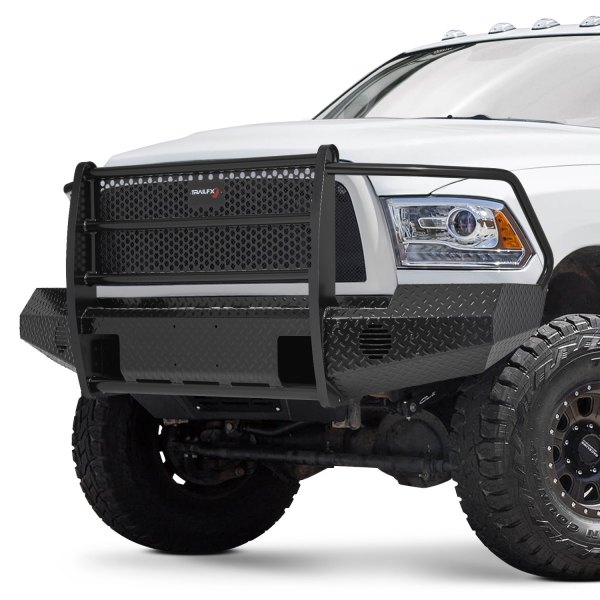Powder Coating Plastic Bumper

A favorite of most bumper brands powder coating is made to take on any damage and protect your bumper from deterioration.
Powder coating plastic bumper. Pre heated items for coating are dipped into the tank fusing to the powder which is then heated again to provide a fully fused product. Here s an overview of why powder coating in washington doesn t usually work for plastic and other materials aside from metal. The most common material is metal but you can also powder coat wood plastic composites glass and mdf. Most plastics will deform when heated and are not conductive therefore most plastics are finished with a liquid paint and air dried.
Also commonly known as plastic dip coating or fluidised bed dipping air is forced through a tank containing powder causing the powder to act as a fluid or liquid would. Most plastics will melt when subjected to 400 degree heat for any length of time so it is important to research exactly what your object is. Application of powder on plastic surfaces is not common at this point but has grown and does have several benefits compared to any liquid coating option. The first consideration for coating objects besides metal is can it withstand the temperature.
Although powder coat is a strong finish for protecting any metal there are many other options when you want to create a certain look while warding off corrosion and surface damage. It reduces the emissions and often the number of coats required as well as the waste stream all while providing a very durable finish. In this epidsode we will go over powder coating a bumper. As long as the material is capable of surviving the high temperatures of a powder coating bake oven it can be powder coated but this often rules out a large number of different materials.
In the finishing process the part is briefly heated and is electrostatically charged. It s especially a popular option for heavy duty bumpers of trucks that might often go off road as it can sustain scratches and tough road conditions for longer.
